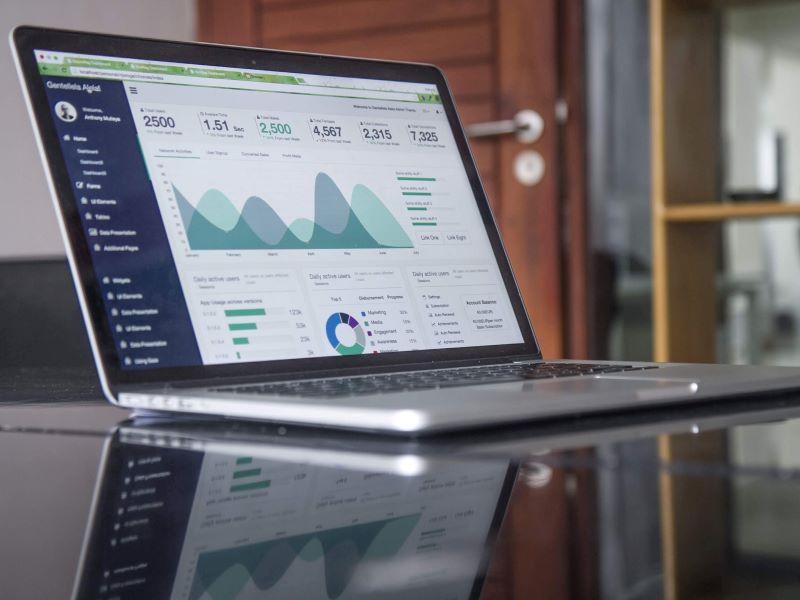Over the past decade, the range of digital education technologies available to students and staff within higher education has risen dramatically. Alongside ed-tech and the rapid growth of blended, hybrid and fully online curricula, attention has turned to how students are interacting with such technologies and what impact they have on learning and outcomes.
This has led to institutions wanting to make sense of the “digital traces” that users leave behind when interacting with such technologies and prompting the development of learning analytics to visualise and analyse these interactions more effectively.
With a better understanding of these interactions and what they might reveal about student activity, institutions are able to provide more agile and nuanced support to students, along with having more information on the utility of such technologies within curricula.
Central to this approach is each individual’s usage data. How this information is collected, stored and analysed in an ethical and transparent way needs to be at the forefront when embarking on the use of such systems.
These are the challenges universities face when implementing a learning analytics system to support students. Through the following questions, we share our experience of using learning analytics responsibly with an overriding emphasis on student and staff partnership and transparency.
Why should we collect student data?
By collecting “digital trace” data, institutions can learn about their students’ activity in terms of who is accessing what, and how often these interactions occur. This can provide plentiful information to help understand which students are more or less active with specific technologies across all curricula.
It can signal activity changes to provide meaningful and timely insights for nuanced and agile student support, and provide information to better understand educational outcome and attainment gaps.
Moreover, this data can provide much needed intelligence about how certain technologies are used across different programmes of study to enhance pedagogical design and allow for a more evidence-informed approach to resource allocation.
Students are generally in favour of institutions collecting and using such data as long as it is carried out with a clear remit of student support and done to help them make the most of their time at university, while keeping issues around ethics and privacy at the forefront.
How do you collect data securely?
All data should be collected and stored transparently and ethically, and where data needs to be shared, it should be clear where the consent lies. The physical storage of data should be coordinated by your institutional IT department, who will have the appropriate security policies in place, and this should be reciprocated where an external supplier is partnering.
It is important that such data are not collected and stored in an ad-hoc manner across an institution by individuals who, irrespective of best intentions, may compromise the security of such data sets. Given the sensitivity around this aspect of data collection, it may be appropriate to establish an ethical review body that has oversight on all aspects of data handling and access within an institution.
How do you ensure transparency?
It is essential that a broad range of stakeholders are involved in agreeing the methods of data collection, analysis and use. In particular, involve the student body, whose data will be the key focus of this approach to ensure transparency around issues relating to ethics and privacy such as:
-
the rationale for collecting data
-
which data are collected
-
how the data will be used
-
who the data will be shared with
-
where consent lies.
These decisions should be made in partnership, with student representatives being full members of all decision-making committees with a clear and informed voice. Once decisions are made, the information should be regularly and clearly disseminated to all stakeholders in formats that are accessible to all.
An approach taken by our institution and many others has been to develop a robust and broad Code of Practice through partnership and consultation to clearly articulate the principles that guide the ethical and transparent approach to data collection, analysis and use. This code will be invaluable as systems evolve to ensure updates and changes are delivered in line with the agreed principles.
How to handle and use data effectively?
The availability of data to stakeholders needs to be carefully considered, with training and support provided for all users, to not only understand the function of the data-visualisation tools and dashboards but also the underlying meaning for individual students and programmes of study.
It is important that all users are aware of the limitations of the data presented and appreciate that this only represents a specific proportion of a student’s interaction with their programme – learning happens in numerous ways and these systems can only capture a portion of it. This is not to dismiss the value of such systems but to ensure that the conversations and analyses conducted are done from that perspective.
Institutions should encourage all stakeholders to be active participants in understanding the available data and provide their own insights on how this information might be used to improve student success.
Bronwen Swinnerton is a senior research fellow in the Leeds Institute for Teaching Excellence and James Pickering is a professor and the academic lead for learning analytics implementation, both at the University of Leeds.




comment